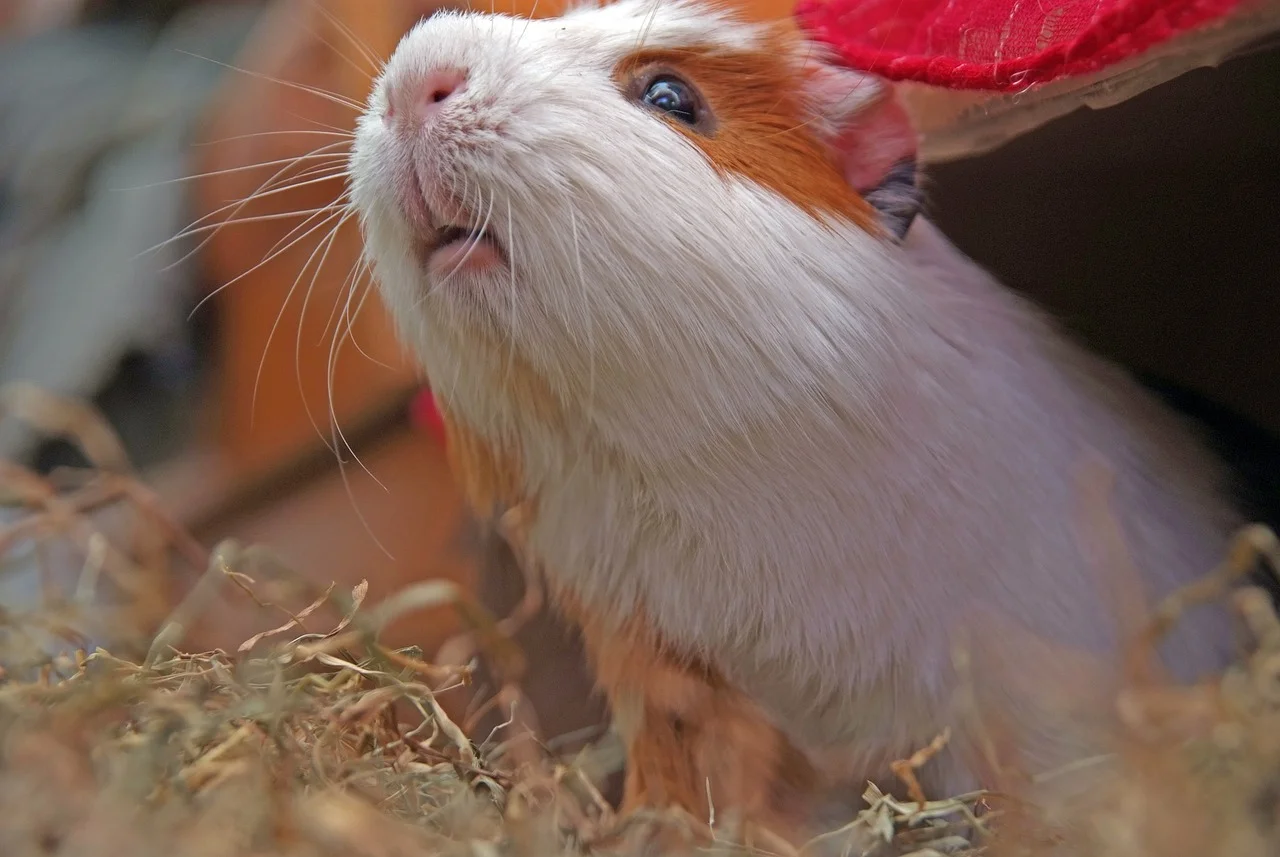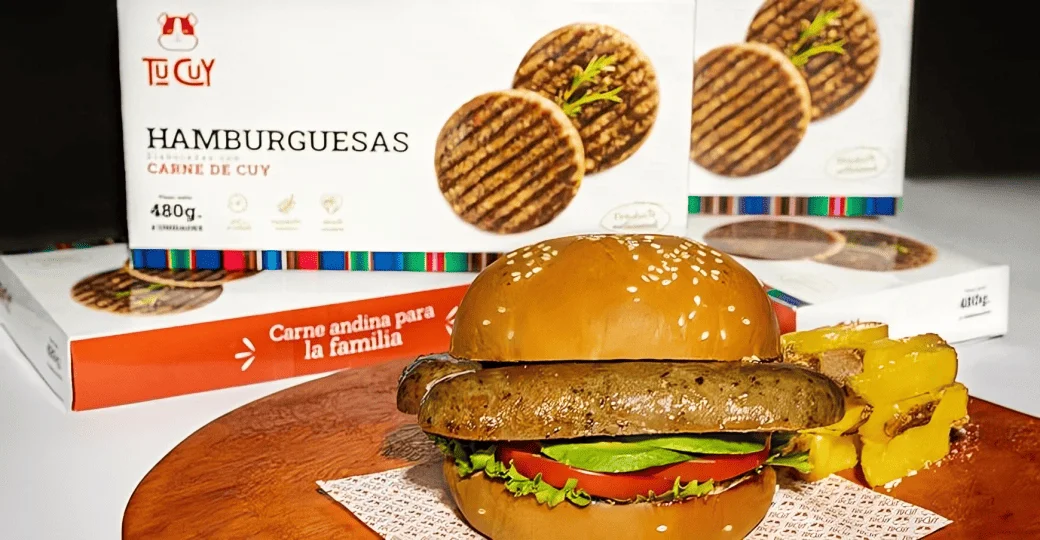Although its name in English suggests a link with Guinea and pigs, it is important to clarify that the guinea pig is neither a pig nor does it come from Guinea. In reality, the guinea pig is a small, rounded rodent, similar to a large hamster, with small ears and soft fur, native to the South American Andes.
In other parts of the world, such as Europe and the United States, its charming appearance makes it popular as a pet; however, in Peru, people appreciate it for its tasty and tender meat, which is a traditional dish in Andean cuisine.
History of the guinea pig
Ancient Andean civilizations, such as the Incas, domesticated and bred it specifically for its healthy meat, not for companionship. Its presence in Latin America's history dates back thousands of years, serving as an important animal in food, ceremonial practices, and traditional medicine.
Its cultural significance persists to this day, serving as a symbol of identity and tradition in Peruvian cuisine.
Habitat and diet
This small herbivorous mammal inhabits a wide variety of environments along the Andean mountain range, from Venezuela to Chile, with its central territory in Peru and Bolivia. It lives below 4,500 meters above sea level, in coastal and high jungle areas.
Its diet consists mainly of grasses, vegetables, and hay, and it consumes a variety of plants in its natural habitat, such as grasses, leaves, stems, and roots.
Nutritional value
Cuy (Guinea pig) meat is an excellent source of high-quality protein, as well as minerals such as iron and zinc. It is also low in saturated fat and cholesterol, making it a healthy choice.
Its high content of vitamin B12 and omega-3 fatty acids makes it especially beneficial for cardiovascular health and the nervous system.
What does cuy taste like?
Cuy meat has a unique and delicious taste, described as similar to chicken but with a softer and more delicate touch. Its tender and juicy texture makes it very appetizing, and its preparation varies according to region and culinary tradition. Cuy, whether grilled, fried in oil, or slow-cooked in an oven, is an unforgettable gastronomic experience during your visit to Peru.
Where to eat cuy in Peru?
Cuy is a popular dish in many Peruvian restaurants, especially in the highland regions. In cities like Cusco and Arequipa, you will find a wide variety of restaurants offering this dish. Local markets also sell cuy as a takeaway delicacy.
Traditional Preparations
Different methods of preparing and serving this traditional dish have evolved over time, each with its own unique flavor and technique.
In Peru, it is possible to find an authentic culinary experience, especially when it comes to emblematic dishes such as cuy chactado in Arequipa and chiriuchu in Cusco.
Cuy Chactado (Fried cuy)
Cuy chactado is a traditional preparation from Arequipa that consists of flattening the whole cuy, including the head, and frying it until it is golden brown and crispy. Before frying, we season the cuy with lemon and spices like salt, cumin, pepper, and garlic to give it a unique flavor. We serve the cuy chactado with golden potatoes, boiled beans, fresh salad, and salsa criolla, creating a hearty and tasty dish that delights the senses.
Chiri Uchu
Especially during the celebration of Corpus Christi, a religious festival that takes place in June, the Cusco region serves Chiriuchu, a traditional dish with Inca origins. Its meaning in Quechua is cold chilli or cold food; chiri refers to cold and uchu to food.
This culinary delight is a combination of ingredients from the Peruvian coast, highlands, and jungle, reflecting the rich history and cultural diversity of the region. Seaweed, fish eggs, boiled chicken, charqui, morcella, corn tortillas, fresh cheese, rocoto, roasted corn, and, of course, baked guinea pig complete this dish.
Cuy meat hamburgers
Guinea-pig burgers are a creative and tasty alternative to traditional hamburgers. These burgers offer a unique culinary experience by combining the juiciness and characteristic flavor of guinea pig meat with the familiarity and versatility of the hamburger.
Frequently Asked Questions About Cuy (Guinea Pig) in Peruvian Cuisine
1. What is cuy in Peruvian food?
Cuy refers to guinea pig, a traditional Andean dish enjoyed in Peru for its tender and flavorful meat. It has been part of Peruvian culture for thousands of years.
2. Why do people in Peru eat cuy?
In Peru, cuy is considered a delicacy and has deep cultural and historical roots. It was domesticated by ancient Andean civilizations like the Incas for its nutritional value and ceremonial importance.
3. What does cuy taste like?
Cuy meat is often compared to chicken but with a richer, more delicate flavor. It is tender, juicy, and often seasoned with Andean spices.
4. Is cuy healthy to eat?
Yes, cuy meat is high in protein, low in fat, and rich in essential nutrients like iron, zinc, vitamin B12, and omega-3 fatty acids making it a healthy food option.
5. How is cuy traditionally prepared in Peru?
- Cuy can be prepared in several ways, including:
- Cuy Chactado (fried guinea pig)
- Grilled cuy
- Oven-roasted cuy
- Stewed cuy with Andean herbs and spices
6. Is eating cuy sustainable?
Yes, raising cuy is considered environmentally sustainable in Peru. They require minimal resources, reproduce quickly, and are a vital source of protein in rural communities.
Guinea pig is much more than just a rodent; it is a culinary and cultural treasure that reflects Peru's rich history and traditions. Cuy continues to conquer the palates of locals and visitors alike, whether as a traditional dish on the table or as a symbol of national identity. It leaves a lasting impression on Peruvian cuisine.
Whether enjoyed as traditional cuy chactado, chiriuchu, or even in modern adaptations like cuy burgers, it continues to showcase the rich history, diversity, and traditions of the Andean region.
Are you ready to experience the authentic taste of Peru? Embark on a culinary adventure and savor this iconic dish in its homeland. Discover the flavors that have delighted generations!





